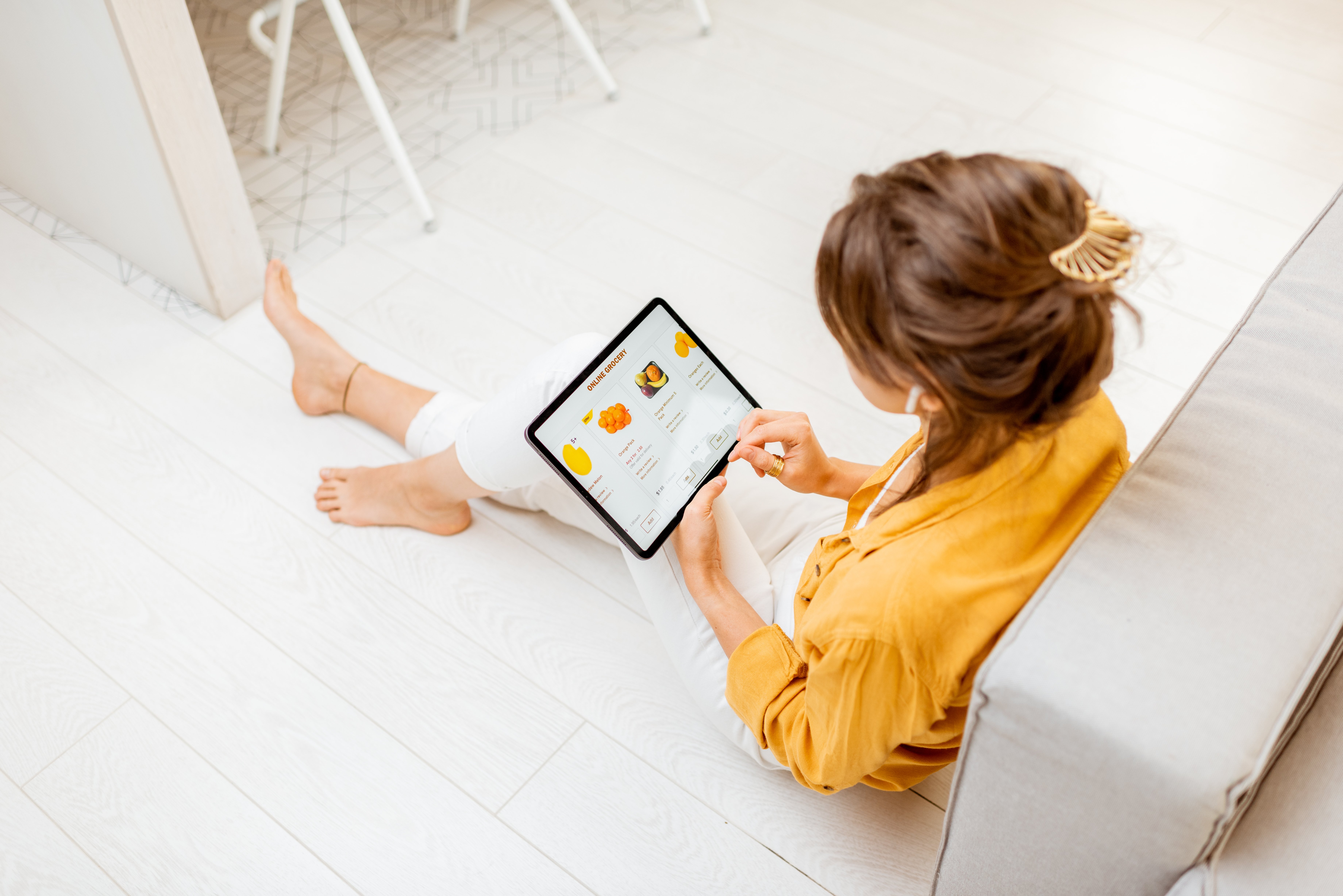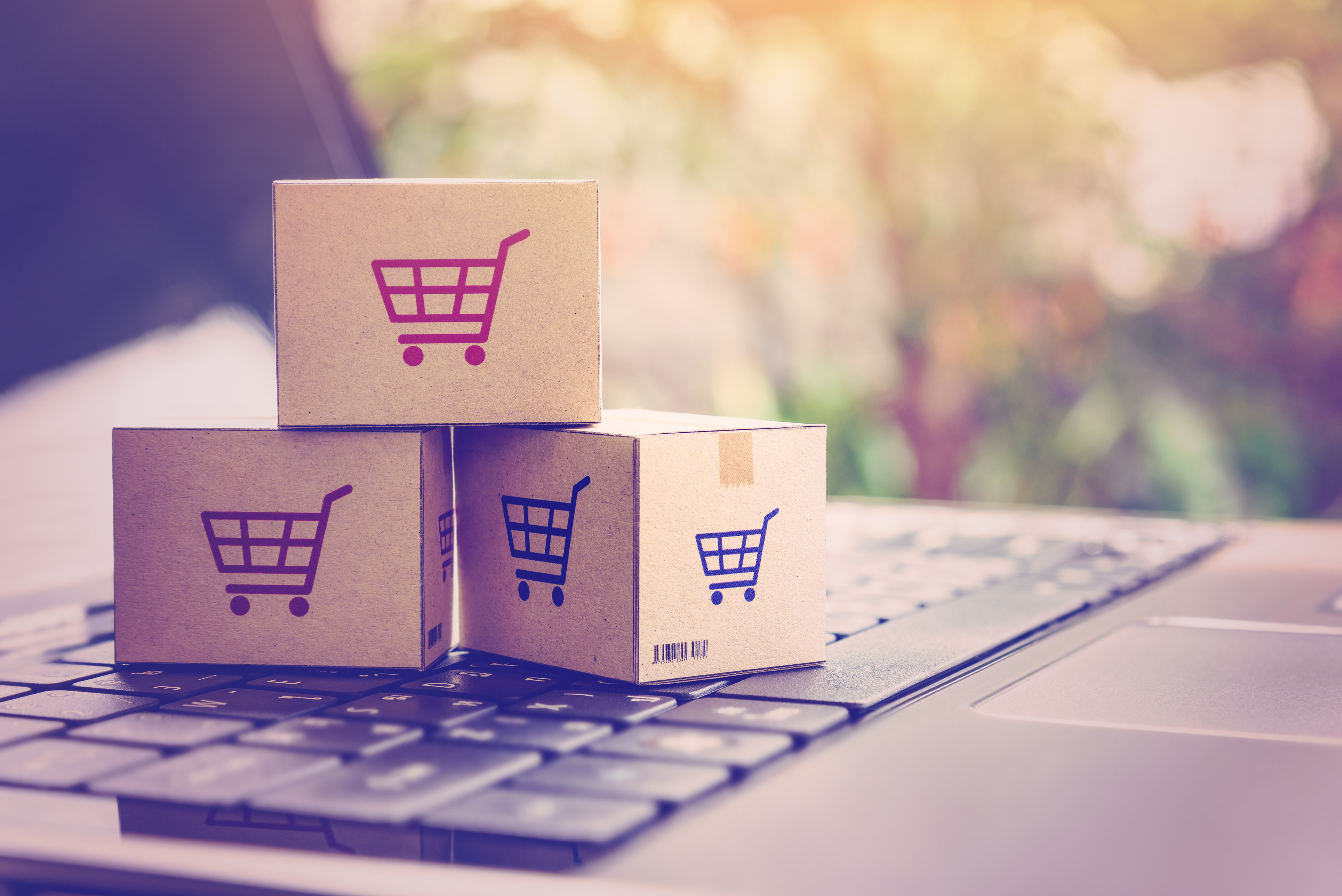Would you buy from a company that consistently proves they know you, can separate you from their other customers and value your service? Or would you buy from one that opts for generic messaging that speaks to a wider audience, one that includes you but also includes all of their other customers?
Most customers would rather buy from the former. In fact, 72% of consumers would choose one brand over another if it meant they’d receive special treatment. So, the ultimate e-commerce tactic you should add to your website is personalisation. Let’s break it down into a few segments…
- Recommendations based on personal interactions
- Recommendations based on other customers’ interactions
- Recommendations based on location
- Complementary items/services
- Recently viewed
- Recent activity
- Personalised incentives
1. Recommendations based on personal interactions

Tailored product/service recommendations are one of the easiest ways to offer a personalised experience and cross or up-sell at the same time. This one is based on the customer’s online behaviour on your website which includes:
- Purchase history
- Search history
- Content they’ve interacted with on your website
- Interactions with customer service
Using what you know about your customers, you can show them offers that are relevant to them. Why is this more effective than presenting generic offers? Because these are things your customers are more likely to purchase. Plus, it shows how well you know your customers which is always appreciated.
2. Recommendations based on other customers’ interactions
In addition to recommendations based on your individual customers’ preferences, you can also offer recommendations based on what other customers have interacted with. The key here is to recommend based on the online activity of like-minded customers.
This tactic is a great way to prove you’re willing to help your customers have a great online experience and you’re doing that by showing them other products/services that people like them have also bought.
3. Recommendations based on location
If this is applicable to your business, offering recommendations based on location can be another fantastic way to show customers that you know them. For instance, B2C businesses can offer local recommendations based on where the user lives (Groupon is a perfect example).
A B2B example could be adding personalisation tokens in your website copy to reflect the user’s location. Or, let’s say you offer a consultancy service. You could have widgets on your website that show users the consultants nearest to them.
4. Complementary items/services

Another simple way to cross and up-sell is to recommend products/services because they go well (or logically) with another. A B2C example could be to offer some light bulbs alongside a lamp. A B2B example could be to offer a field service application alongside a customer service one - to complete the CRM package.
Not only is this an excellent way to increase basket value, but it also helps your customers have a more seamless customer experience. You’re helping them discover additional products/services that could be of use to them that they might have forgotten about.
5. Recently viewed
When your customers return to your website, you can make it easier for them to pick up where they left off. The ‘recently viewed items’ tactic is a great way of doing that. It creates an omnichannel customer experience as it:
- Intuitively acknowledges their previous browsing activity
- Reminds them of what they were looking at
- Makes it easier for them to find what they were looking at
Ultimately, this tactic gives you another chance to convert the customer, making this a great e-commerce conversion tactic.
6. Recent activity
Similar to the above, you can prompt your customers to continue their search by reminding them of their previous activity. Think along the lines of ‘Resume your last session’ and ‘Keep looking for…’.
This is a great way to re-engage customers and convince them into making a purchase. It also enhances their online experience because they can easily resume a search, filled with complex terms and filters, they may have been in the middle of before they got distracted.
7. Personalised incentives

Incentives, like offering exclusive promotional codes to customers if they sign up to your newsletter or discounts if they spend over a certain amount/purchase a certain package, are ideal if you want to encourage engagement.
You could take this up a notch by personalising these incentives based on the customer. For example, returning customers could see promotions and offers based on their previous interactions. New customers could see promotions exclusively for new customers.
The e-commerce tactics don’t end there…
At the end of the day, customers love to feel like they’re special. That’s why personalisation works so well. It’s also a great way to win your customers’ trust. People trust those who know them well. And trust is key to encouraging purchases, with 82% of UK consumers saying that trust is extremely important when it comes to spending their money.
Now, the tactics we covered in this blog are just the beginning. We haven’t even begun to delve deeper into the B2B side. But don’t worry, we’ve got just the thing for that. In our on-demand webinar, three e-commerce and digital customer experience experts gathered to discuss the typical B2B e-commerce strategy.
What are some surprisingly common mistakes being made that you need to avoid? Which companies are getting their e-commerce strategies just right and which haven’t quite got there yet?
Click the button below to watch the session.


